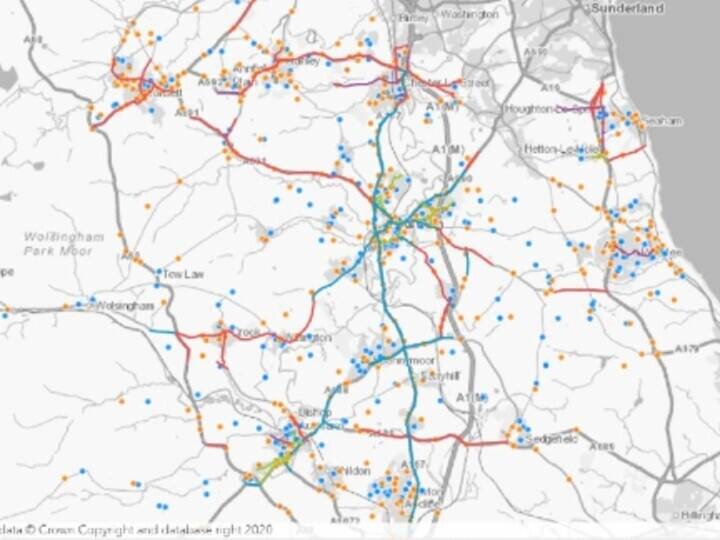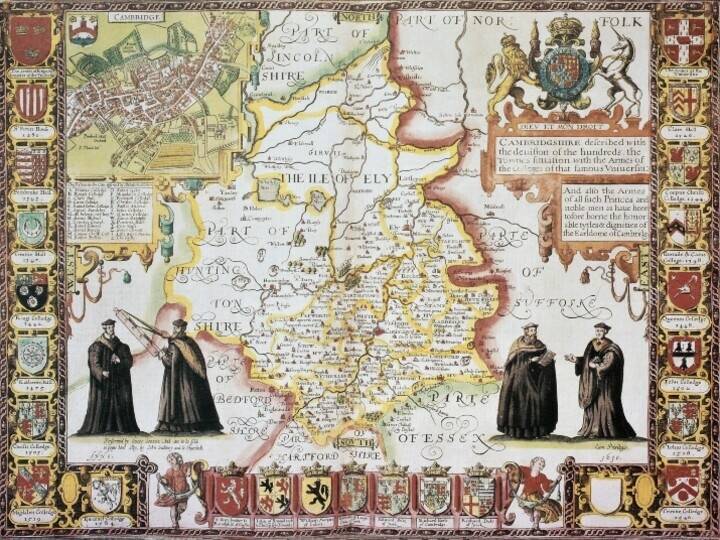Connecting Data for Better Outcomes - case study from Manchester City Council for GeoPlace Exemplar Awards 2017
Back in 2010, Manchester City Council had strong commitment from the highest leadership level within the council to do things differently with data: to design new services, use data science and undertake research for evaluations – all evidence led and based.
The National Troubled Families programme which was announced in 2011, provided an opportunity to put into practice the new thinking around using data to understand service delivery more holistically.
The council started to bring data together and soon realised just how much of it there was. Lots of spreadsheets and systems unmatched with lots of different identifiers. The approach was clunky and hugely time intensive.
It was soon recognised that a system was needed to help manage this data overload. Using iBase, the council started to dynamically link data together using unique identifiers such as the Unique Property Reference Numbers (UPRNs) from property data, pupil numbers from schools, the Department for Work and Pensions (DWP) reference numbers from housing revenue and benefits systems, social care numbers.
How is the data connected?
The development of the data schema has enabled the council to be much more dynamic in the way that it connects data. The address is an essential part of many of the records that have been brought together such as: health, school, offending, financial, work and skills and safeguarding.
These datasets have been deduped and UPRNs added to aid data linking so that all the information on a person can be easily understood and linked back to their place of residence and their family.
What are the outcomes?
Over the last two years, the council has been using the data to generate insight and added value so that it can be used by professionals on the front line to help them to work with families and provide services in a very different way.
The insight generated from the data isn’t replacing the decisions of the professionals but is used to inform decisions. Decisions are still made at the frontline, but the data helps and targets that approach by providing insight on who a professional needs to speak to first – the school, or a community safety officer or a police officer to help a particular family. It helps to answer questions such as: “Do we really need 14 social workers working with 14 children, or do we need something that operates out of that school or out of that community or perhaps we need to work intensively with two key youths at the centre of the network?”
The data is being used for performance tracking to look at what the issues are within the family, how those correlate with areas of the city, how they relate with services that are being offered to families and the council can read that and track and redesign and adapt its services along the way.
In short, having the data connected across multiple systems over time enables the council to spot patterns and causality in a way that just wasn’t possible before.
Due to their investment in working and developing the data structure and architecture, the council can work much more closely with families to provide services in very different way. This has only been possible due to the time and resources invested in the initial and ongoing data matching process which happened in the first place.



